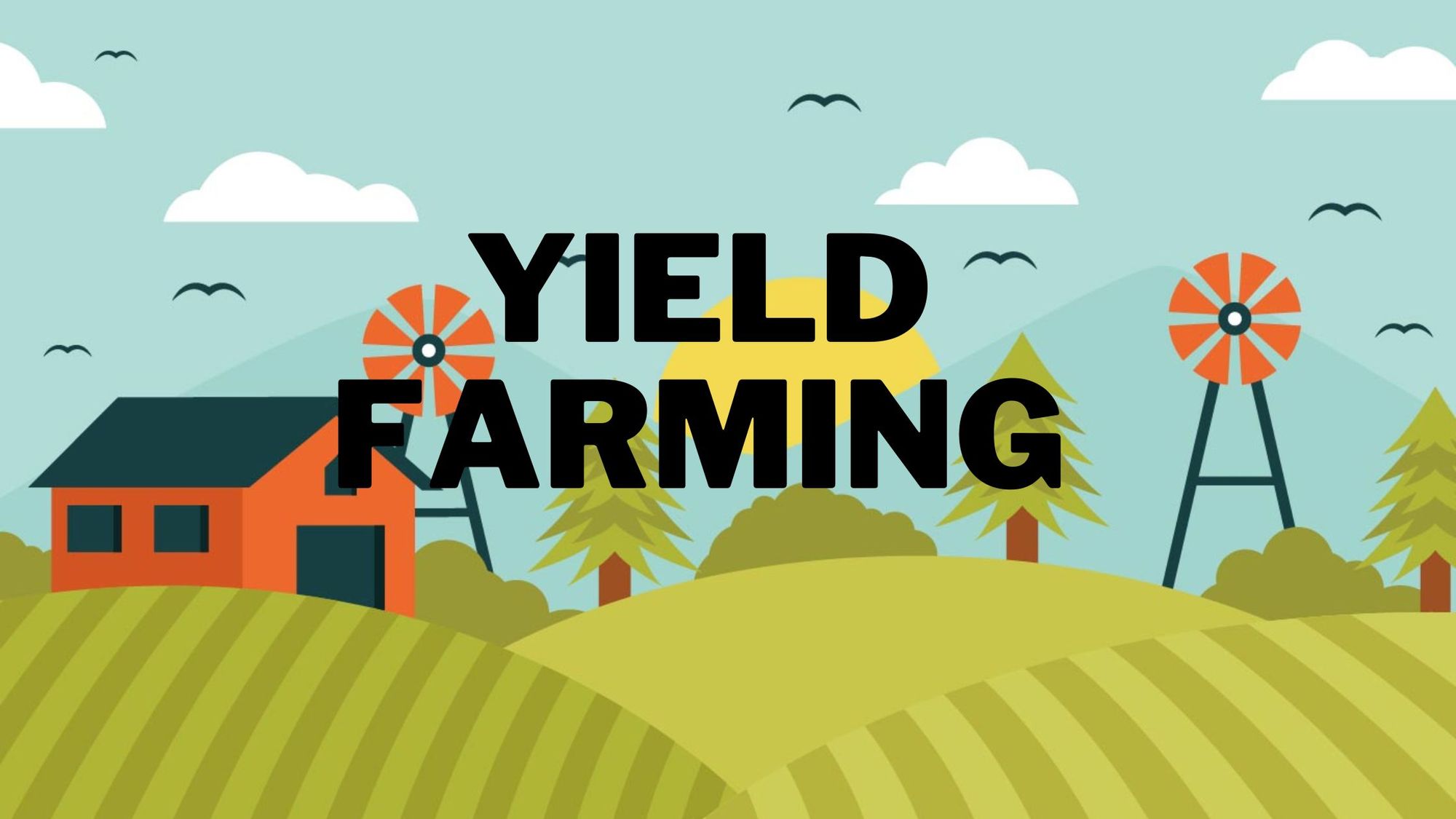Yield farming is a decentralized finance mechanism within the cryptocurrency space that offers investors the ability to earn passive income on their idle tokens.
To take advantage of yield farming, investors will need to lend their tokens to a decentralized exchange to provide liquidity to a pair of crypto assets in return for a percentage of the commission earned.
How Does Crypto Yield Farming Work?
Yield farming offers investors the ability to earn yield by lending their tokens to a decentralized application, or dApp.
The most popular platform for yield farming is decentralized exchanges (DEXs), which offer the investor the ability to lend, borrow, or stake coins. Yield farming works through the use of smart contracts - a piece of code that automates the financial agreements between the parties to the agreement.
Types of yield farming:
There are four main methods of yield farming:
- Liquidity provider: Users lend a trading pair (two coins) to a DEX to provide trading liquidity. When the tokens are swapped, the exchange charges a fee for the transaction, and a percentage of the fee is allocated to the liquidity provider.
- Lending: Token holders have the ability to lend crypto to borrowers through a smart contract and earn a yield from interest paid on the loan.
- Borrowing: Users have the option to use a token as collateral for a loan of another token.
- Staking: There are two types of staking. The most common is with proof-of-stake blockchains. This is where the user is paid for the duration of time their tokens are pledged to the network. The other method is to stake LP tokens which are earned from supplying a DEX with liquidity. This method allows users to earn yield twice on their investment.
Is Crypto Yield Farming Safe?
While yield farming has increased in popularity in recent years, the DeFi sector is still young and within this young industry, there are risks that need to be evaluated.
Risks of using yield farming
- Little to no Regulation: There is very little regulation within the yield farming space and it may be illegal to offer in some countries (like offering these services to US citizens).
- Smart contract errors. Yield farming is highly automated, through the use of smart contracts. There is the risk of a smart contract malfunction, either unintentionally or intentionally.
- Composability. Composability refers to the interaction between different protocols within the DeFi ecosystem. This is one of DeFi's greatest strengths, but can also be considered a risk.
- Hacks: Increasingly hacks are becoming more commonplace within the crypto space and the DeFi space is one vector for their attacks.
- Rug pulls. A rug pull is when the liquidity for a token has been withdrawn by a hacker leaving the token with no value, effectively worthless.
- Impermanent loss. An impermanent loss is the 'opportunity cost' of what you lose when you provide liquidity for different platforms and not using it in other ways. While you may be earning fees by providing liquidity, you may lose out on potential profits when the token appreciates in value.
Conclusion:
Yield farming is one of the more exciting aspects of the DeFi sector. It offers the individual to put their cryptocurrency assets to work. It is an opportunity to earn passive income on your crypto.
However, the industry is still in its infancy, which means it comes with associated risks, as we have mentioned in this article. As this industry continues to grow and mature, it will become more secure and safe.
Yield farming can be simple or complex, but it provides cryptocurrency investors with a way to earn a little passive income from otherwise idle investments.
